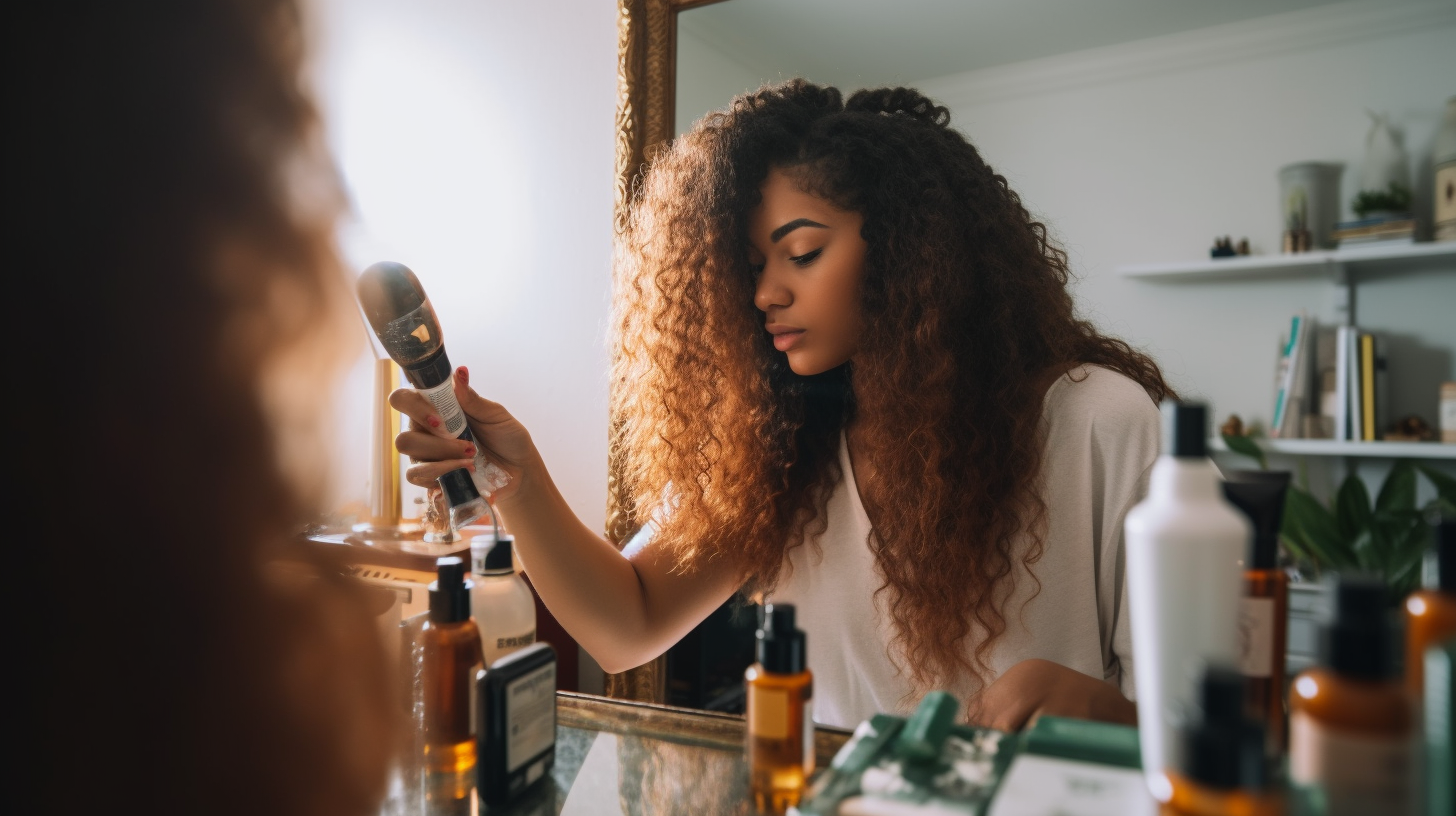Best Essential Oil Combinations for Fragrance: A Comprehensive Guide
Welcome to our comprehensive guide on the best essential oil combinations for fragrance! If you’re someone who enjoys the enchanting aromas of essential oils and wants to create unique scent blends, you’ve come to the right place. In this blog post, we’ll explore the world of essential oils and discuss how different combinations can create captivating fragrances that uplift your mood and enhance your well-being.
The Power of Essential Oils
Essential oils have been used for centuries in various cultures for their therapeutic properties and delightful scents. These concentrated plant extracts are derived from flowers, leaves, bark, and other parts of plants through processes like distillation or cold pressing.
Each essential oil has its own distinct aroma and therapeutic benefits. For example, lavender oil is known for its calming properties, while citrus oils like lemon or orange can energize and uplift your spirits. By blending different essential oils together, you can create a fragrance that is uniquely yours.
Benefits of Blending Essential Oils
Creating your own fragrance blends using essential oils offers a range of benefits:
- Creative Expression: Blending essential oils allows you to express your creativity and develop a scent that resonates with your personal preferences.
- Mood Enhancement: Certain essential oils have mood-enhancing properties that can help reduce stress, promote relaxation, or boost energy levels.
- Cost-Effective: Making your own fragrance blends using essential oils is often more cost-effective than purchasing commercial perfumes or room sprays.
- Natural Ingredients: Unlike synthetic fragrances that may contain harmful chemicals, essential oil blends offer a natural alternative.
Challenges in Blending Essential Oils
While blending essential oils can be a rewarding experience, it’s important to consider a few challenges:
- Oil Compatibility: Not all essential oils blend well together due to differences in their chemical composition. Some combinations may result in an unpleasant aroma or even cause skin irritation. It’s crucial to research and understand the compatibility of different oils before creating your blends.
- Scent Balance: Achieving the perfect balance of scents is an art. It requires experimentation and understanding the individual characteristics of each oil to create harmonious fragrance combinations.
- Dilution Ratios: Essential oils are highly concentrated and potent. Diluting them properly with carrier oils or other suitable mediums is necessary to ensure safe usage and prevent adverse reactions.
Tips for Creating Essential Oil Combinations
To help you embark on your fragrance blending journey, here are some practical tips for creating essential oil combinations:
- Start with a Familiar Base: Begin by selecting a base note oil that you’re familiar with and enjoy. Base notes have a long-lasting aroma and provide a solid foundation for your fragrance blend. Some popular base note oils include sandalwood, patchouli, or vetiver.
- Add Middle Notes: Middle notes add complexity and depth to your fragrance blend. These oils have a moderate evaporation rate and can help balance the overall scent. Examples of middle note oils include lavender, geranium, or ylang-ylang.
- Finish with Top Notes: Top notes are the first scents you smell when applying a fragrance blend. They provide freshness and initial impact. Popular top note oils include citrus oils like lemon, bergamot, or grapefruit.
- Consider Scent Families: Another approach to blending essential oils is to consider scent families. For example, floral scents like rose, jasmine, and neroli blend well together, creating a harmonious bouquet of aromas.
- Experiment with Ratios: When blending essential oils, experimenting with different ratios can lead to unique and appealing fragrances. Start with a few drops of each oil and adjust the amounts based on your preferences.
Sample Essential Oil Combinations
To ignite your creativity, here are a few sample essential oil combinations you can try:
- Citrus Burst: 4 drops of lemon oil + 3 drops of orange oil + 2 drops of grapefruit oil
- Relaxing Lavender: 5 drops of lavender oil + 3 drops of chamomile oil + 2 drops of vetiver oil
- Floral Bouquet: 4 drops of rose oil + 3 drops of geranium oil + 2 drops of ylang-ylang oil
The key is to experiment and find combinations that resonate with you. Keep track of your blends and make adjustments as needed until you achieve your desired fragrance.
Safety Precautions
While essential oils offer numerous benefits, it’s important to follow these safety precautions when working with them:
- Patch Test: Before applying any new blend to your skin, perform a patch test by applying a small amount on your inner forearm. Wait for 24 hours to check for any allergic reactions or skin irritations.
- Dilute Properly: Always dilute essential oils with carrier oils, such as jojoba oil or sweet almond oil, before applying them to your skin. The recommended dilution ratio is typically 2-3% for adults.
- Avoid Sun Exposure: Some citrus oils can increase your skin’s sensitivity to sunlight. If using such oils, avoid direct sun exposure for at least 12 hours after application.
In Conclusion
Blending essential oils can be a delightful and fulfilling experience. By combining various oils, you have the opportunity to create personalized fragrances that suit your preferences and offer therapeutic benefits. Remember to research oil compatibility, experiment with different ratios, and take safety precautions when working with essential oils. With time and practice, you’ll discover unique combinations that captivate your senses and enhance your well-being.




